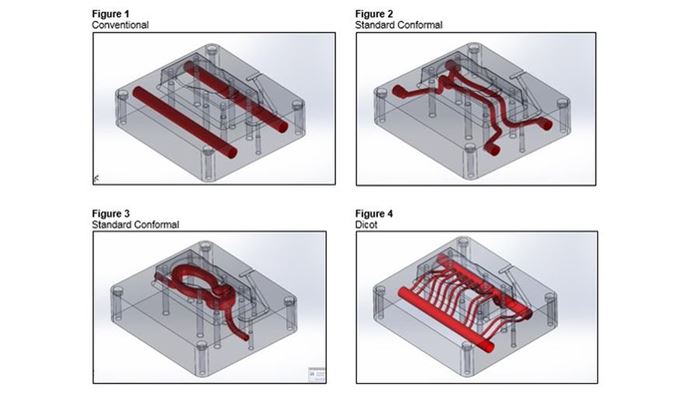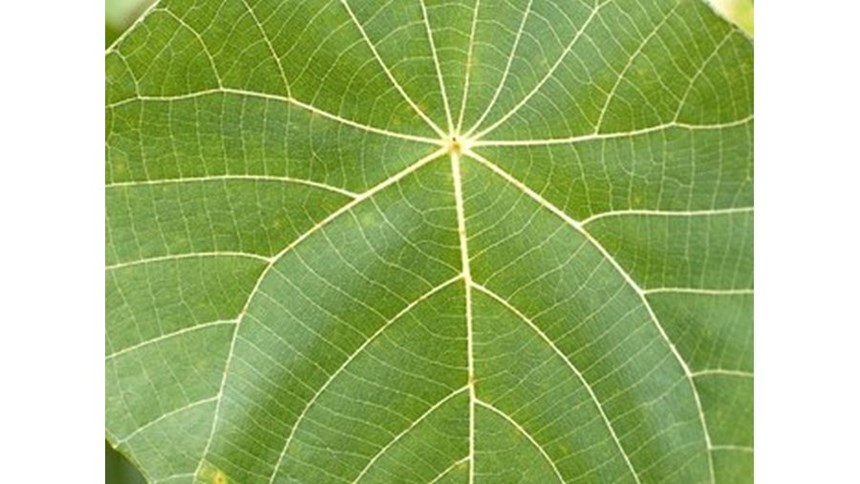Biomimicry: Nature’s Way of Cooling Tools with DMLS
Research leveraged biomimicry, a design method based on structures and systems found in nature, to develop a better mold.
Share
Read Next
Conformal cooling using direct metal laser sintering (DMLS) enables users to seamlessly build cooling channels where they are most needed while creating a part layer by layer. This technique has proven to increase product quality and reduce manufacturing times, but what happens once you’ve maxed out your potential for conformal cooling? This is exactly what happened to Harbec Inc., a New York-based manufacturer of precision plastic and metal products. According to Keith Schneider, Harbec general manager, the company then decided to look to nature to find new ways to further enhance mold cooling in a process called biomimicry.
Biomimicry is the design and production of materials, structures and systems that are modeled on biological entities and processes. It involves looking at nature and trying to find the nuances and great things that nature has created and then implement them through manufacturing and engineering. It’s learning from the natural efficiencies of nature. For example, Velcro was inspired by burrs.
Harbec’s inspiration to improve mold cooling came from leaves and the vein structures in the mammalian vascular system that mimic cooling lines. The company partnered with the New York State Energy Research and Development Authority to research biomimicry in DMLS injection molds by comparing conventional and conformal cooling lines, illustrated in the figure above. This research was completed on an EOS M290.
To determine the proper leaf structure for the required balance to obtain optimal cooling, Harbec used FEA on numerous design iterations. They selected the dicot leaf structure (pictured above), which offers a number of possible variations through its trunk and capillary lines. The trunk lines were used to control volume and the capillary lines to control flow. Overall, this was relatively easy to mimic from both an engineering and manufacturing perspective. Balance and flow were the biggest challenges, according to Schneider.
Testing of the four molds showed that the dicot DMLS conformal-cooled tool improved cycle time and reduced energy consumption by more than 20 percent.
Related Content
-
New Zeda Additive Manufacturing Factory in Ohio Will Serve Medical, Military and Aerospace Production
Site providing laser powder bed fusion as well as machining and other postprocessing will open in late 2023, and will employ over 100. Chief technology officer Greg Morris sees economic and personnel advantages of serving different markets from a single AM facility.
-
Micro Robot Gripper 3D Printed All at Once, No Assembly Required: The Cool Parts Show #59
Fine control over laser powder bed fusion achieves precise spacing between adjoining moving surfaces. The Cool Parts Show looks at micro 3D printing of metal for moving components made in one piece.
-
What is Powder Bed Fusion 3D Printing?
Whether in metal or polymer, with a laser or an electron beam, powder bed fusion (PBF) is one of the most widely used 3D printing techniques.

















